Try the algebra and geometry practice problems on this page to help you get ready for your exam.
Algebra and Geometry Quiz
Instructions: There are 20 questions in total in this algebra and geometry quiz. Select your answer and then click on the “Show Answer” button. You will then see the answers and explanations after each question. Once you have studied each solution, click on the “Next” button to see the next question. Your score will be given at the end of the quiz.
Geometry concepts
In addition to the geometry concepts included in the quiz above, you should also review the following concepts and formulas.
Triangle laws
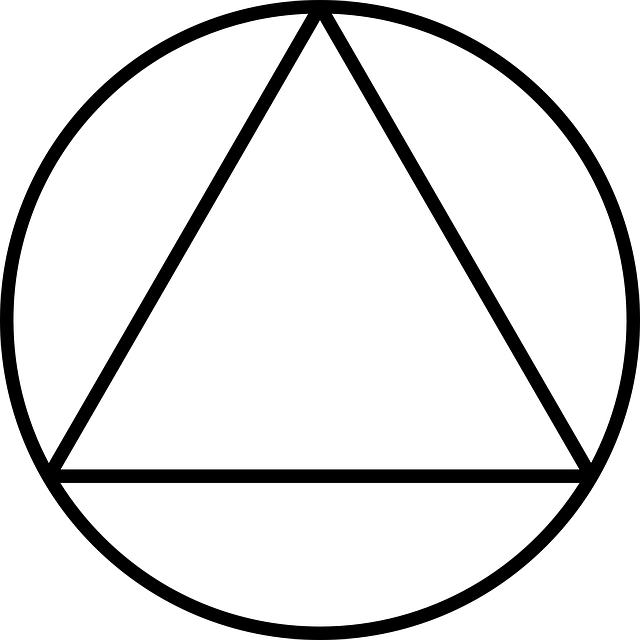
A carpenter is making a special triangular-shaped corner shelf for a custom order. The customer lives in a 300-year-old house, so the walls are not completely straight and the corners are not completely square. He needs to make a triangular shelf that will have one 44° angle and one 47° angle. What is the measurement in degrees of the third angle of this shelf?
A) 45°
B) 45.5°
C) 89°
D) 90°
Tip:
The sum of the angles in a triangle is 180 degrees.
Answer:
The correct answer is C. we know from the concept stated above that the sum of the angles in a triangle is 180 degrees. So, subtract the measurements of the other two angles to solve:
180° – 47° – 44° = 89°
Degrees in a circle
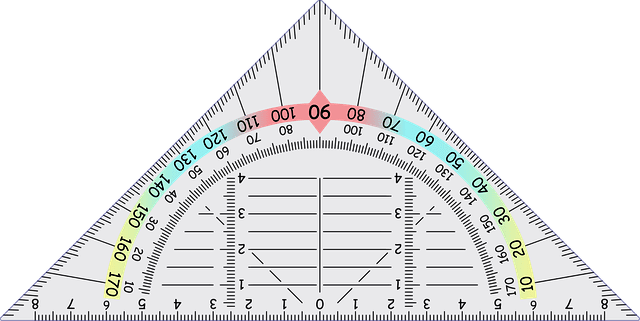
A real-estate developer has recently purchased a circular-shaped tower. The first floor of the building has been divided into 5 pie-shaped segments that join at the center of the circle. The first segment measures 82° along the outside edge. The second segment has a measurement of 79°, the third has a measurement of 46° and the fourth has a measurement of 85°. What is the measurement in degrees of outside edge the fifth segment?
A) 48
B) 49
C) 58
D) 68
Tip:
A circle has 360 degrees in total.
Answer:
The correct answer is D. From the tip after the question, we can see that a circle has 360 degrees. So, subtract to solve:
360 – 82 – 79 – 46 – 85 = 68
Area of a circle
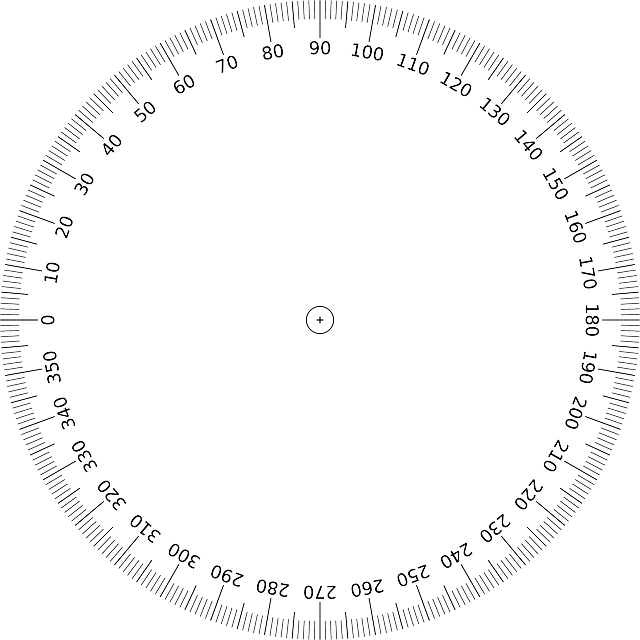
A building project has a circular tower. The floor of the tower, which has a 12-foot radius, needs to be filled in with concrete. In order to do this, the area of the floor of the tower needs to be calculated. What is the approximate area of the floor of the tower in square feet?
A) 452.16
B) 376.80
C) 226.08
D) 37.68
Tip:
area of a circle ≈ 3.14 × (radius)2
Answer:
The correct answer is A. From the formula, we can see that the area of a circle ≈ 3.14 × (radius)2. So, put in 12 feet for the radius to solve:
3.14 × (12 × 12) = 3.14 × 144 = 452.16
Circumference of a circle
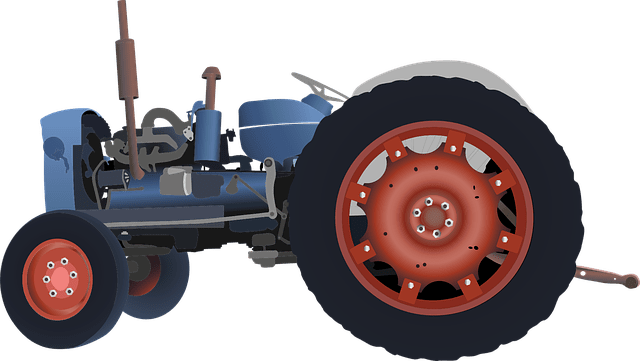
A technician measures the wear on tractor tires. In order to determine the rate of wear, the circumference of each tire must be determined first. The tire currently being measured has a diameter of 46.5 inches. What is the circumference?
A) 23.500 inches
B) 73.005 inches
C) 146.01 inches
D) 292.02 inches
Tip:
circumference of a circle ≈ 3.14 × diameter
Answer:
The correct answer is C. From the formula, we know that the circumference of a circle ≈ 3.14 × diameter. The problem states that the diameter of the tractor tire is 46.5 inches, so use that in the formula to solve:
3.14 × 46.5 = 146.01 inches
Cubic inches
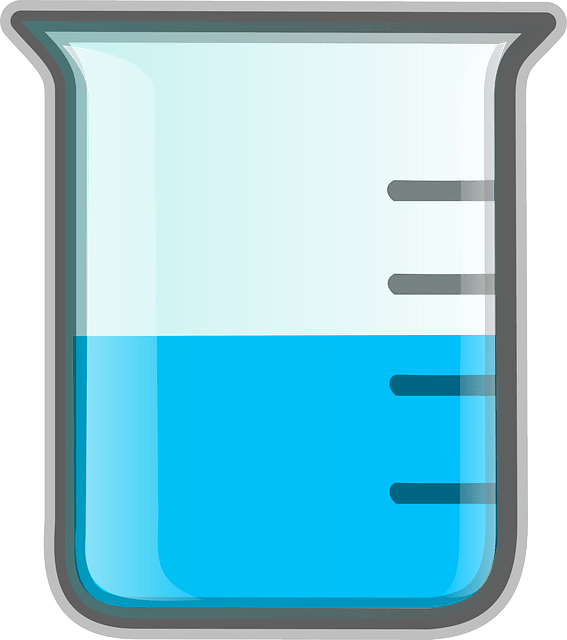
A beaker is cylindrical and measures 18 inches high and 12 inches in diameter. However, the volume has to be converted from cubic inches to gallons for a report. What is the approximate volume of the beaker in terms of gallons?
A) 2.9 gallons
B) 8.8 gallons
C) 10.4 gallons
D) 8,138.88 gallons
Tip:
Cylinder volume ≈ 3.14 × radius2 × height
Answer:
The correct answer is B. Step 1 – Find the volume in terms of cubic inches. Remember that radius is half of diameter. Here we have a diameter of 12, so the radius is 6.
Cylinder volume ≈ 3.14 × radius2 × height ≈
3.14 × 62 × 18 ≈ 3.14 × 36 × 18 ≈ 2034.72
Step 2 – Convert the volume in cubic inches to gallons. 1 gallon = 231 cubic inches, so divide by 231 to convert to gallons:
2034.72 ÷ 231 = 8.8 gallons
Cubic volume
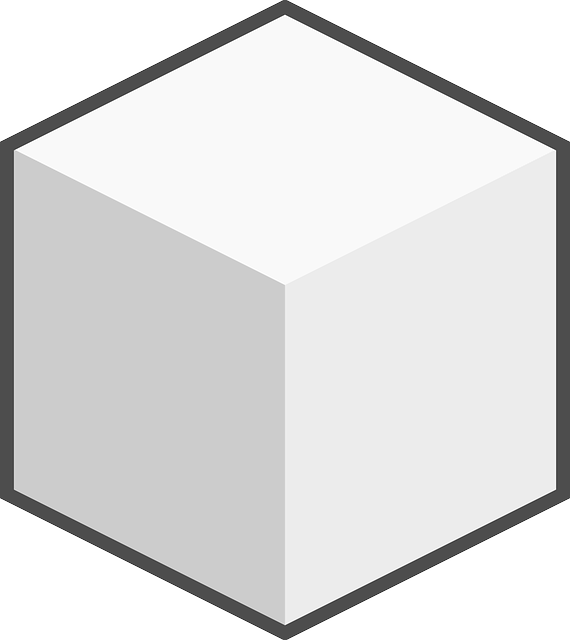
The volume of a cube-shaped object needs to be calculated. The cube has a side length of 9 feet. However, a report is asking for the volume of the object in terms of cubic inches. Which figure below should be used?
A) 729 cubic inches
B) 1,728 cubic inches
D) 1,259,712 cubic inches
C) 139,968 cubic inches
Tips:
volume of a cube = (length of side)3
1 cubic foot = 1,728 cubic inches
Answer:
The correct answer is D. Step 1 – First we need to calculate the volume in terms of cubic feet. The volume of a cube = (length of side)3. The length of the side is 9 feet, so the volume is 9 × 9 × 9 = 729 cubic feet.
Step 2 – We have to convert the result from Step 1 to cubic inches. From the formula, we can see that 1 cubic foot = 1,728 cubic inches, so multiply to solve: 729 × 1,728 = 1,259,712 cubic inches
Need more algebra and geometry practice problems?
Try our pre-algebra quiz, which covers pre algebra practice problems, such as arithmetic reasoning, basic statistics, and probability
What algebra practice problems do I need?
Your algebra test is likely to cover the following skills. So be sure to try the algebra practice problems above to help improve your skills.
Simplifying rational algebraic expressions, including expressions with a single variable on one side of an equation and expressions with a single variable on both sides of an equation
Algebraic and polynomial equations, including factoring polynomials and expanding polynomials
Roots, radicals, and exponent laws
Linear and quadratic equations and inequalities
Evaluating systems of equations
Algebraic and logarithmic functions
Venn diagrams and graphing
Equivalent expressions for mathematical equations
Choosing step-by-step solutions in narrative form
Problem solving techniques for real-life problems
Equations to calculate journey time
Expressing part of an algebraic equation as a fraction of the entire equation
Working with maps, including calculating map scale and actual distance
Correcting erroneous calculations or determining that the equation provided is true
Other Algebraic Concepts, such as transformations, matrices and absolute value
What do I need for the geometry test?
These geometry skills are usually assessed on most standardized math exams:
Coordinate geometry, including the midpoint formula, the distance formula, slope and slope-intercept
Triangle laws, including the Pythagorean theorem, 30° – 60° – 90° triangles, and triangle area and similarity
The rules of angles , including angles and parallel lines and angles within lines imposed on rectangles
Area and perimeter of squares and rectangles
Working with circles, such as understanding how to calculate circumference, radius, diameter, area, arcs, and radians
Volume of boxes, cones, cylinders, and pyramids
Understanding hybrid shapes and the relationships between square figures of different sizes
Need more help with algebra?
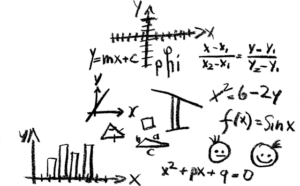
If these algebra practice problems have left you feeling frustrated, then visit the links below for more help.